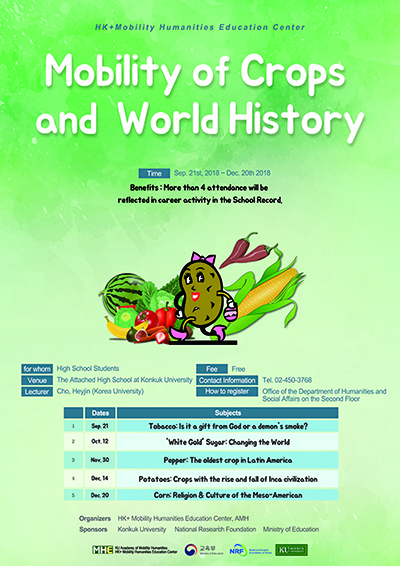Tobacco has been known in Latin America since around 16,000 years ago, but its widespread cultivation began between 5,000 and 3,000 B.C. years ago. Tobacco and clay pipes were discovered in the Maya, Aztec, and Caribbean regions. In these cultures, tobacco was considered a crop bestowed by the gods, and the rising smoke symbolised communication with the gods. Tobacco was introduced to three Northeast Asian countries in the early 17th century. In Korea, tobacco was introduced during the reign of King Gwanghae in 1616, passing through Japan and rapidly gaining popularity. This led to extensive tobacco cultivation, resulting in widespread tobacco planting in fertile lands to fulfill the increasing demand.
This lecture explores how Columbus’s encounter with Native Americans smoking tobacco played a pivotal role in its rapid spread to Europe, where it became crucial for early European settlers, and examines the underlying politics behind the rapid diffusion of tobacco.


